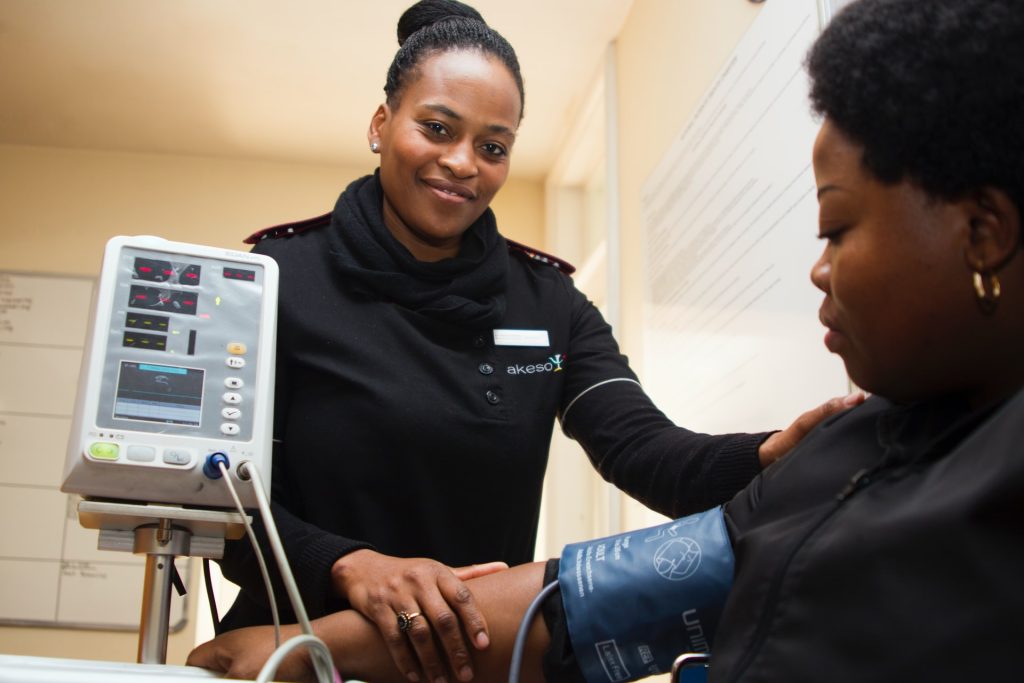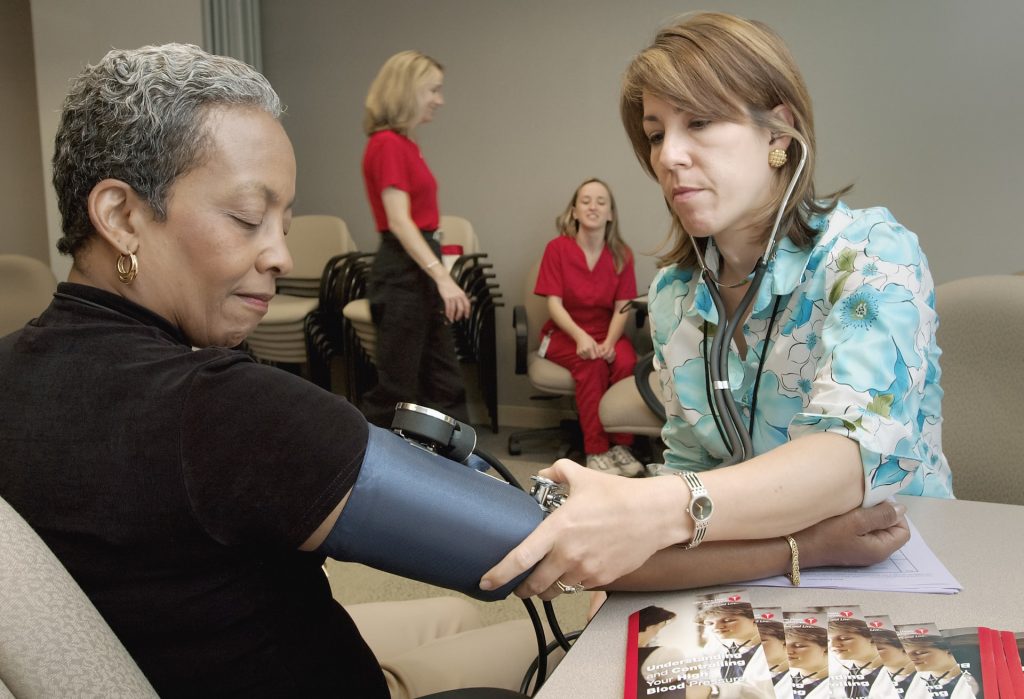A New Way of Visualising BP Data to Better Manage Hypertension

If a picture is worth a thousand words, how much is a graph worth? For doctors trying to determine whether a patient’s blood pressure is within normal range, the answer may depend on the type of graph they’re looking at.
A new study from the University of Missouri highlights how different graph formats can affect clinical decision-making. Because blood pressure fluctuates moment to moment, day to day, it can be tricky for doctors to accurately assess it.
“Sometimes a patient’s blood pressure is high at the doctor’s office but normal at home, a condition called white coat hypertension,” said Victoria Shaffer, a psychology professor in the College of Arts and Science and lead author of the study published in the Journal of General Internal Medicine. “There are some estimates that 10% to 20% of the high blood pressure that gets diagnosed in the clinic is actually controlled – it’s just white coat hypertension – and if you take those same people’s blood pressure at home, it is really controlled.”
In the study, Shaffer and the team showed 57 doctors how a hypothetical patient’s blood pressure data would change over time using two different types of graphs. One raw graph showed the actual numbers, which displayed peaks and valleys, while the other graph was a new visual tool they created: a smoothed graph that averages out fluctuations in data.
When the blood pressure of the patient was under control but had a lot of fluctuation, the doctors were more likely to accurately assess the patient’s health using the new smoothed graph compared to the raw graph.
“Raw data can be visually noisy and hard to interpret because it is easy to get distracted by outliers in the data,” Shaffer said. “At the end of the day, patients and their doctors just want to know if blood pressure is under control, and this new smoothed graph can be an additional tool to make it easier and faster for busy doctors to accurately assess that.”
This proof-of-concept study is the foundation for Shaffer’s ongoing research with Richelle Koopman, a professor in the School of Medicine, which includes working with Vanderbilt University and Oregon Health & Science University to determine whether the new smoothed graph can one day be shown to patients taking their own blood pressure at home. The research team is working to get the technology integrated with HIPAA-compliant electronic health records that patients and their care team have access to.
This could alleviate pressure on the health care system by potentially reducing the need for in-person visits when blood pressure is under control, reducing the risk for false positives that may lead to over-treatment.
“There are some people who are being over-treated with unnecessary blood pressure medication that can make them dizzy and lower their heart rate,” Shaffer said. “This is particularly risky for older adults who are more at risk for falling. Hopefully, this work can help identify those who are being over-treated.”
The findings were not particularly surprising to Shaffer.
“As a psychologist, I know that, as humans, we have these biases that underlie a lot of our judgments and decisions,” Shaffer said. “We tend to be visually drawn to extreme cases and perceive extreme cases as threats. It’s hard to ignore, whether you’re a patient or a provider. We are all humans.”
Given the increasing popularity of health informatics and smart wearable devices that track vital signs, the smoothed graphs could one day be applied to interpreting other health metrics.
“We have access to all this data now like never before, but how do we make use of it in a meaningful way, so we are not constantly overwhelming people?” Shaffer said. “With better visualisation tools, we can give people better context for their health information and help them take action when needed.”
Source: EurekAlert!










